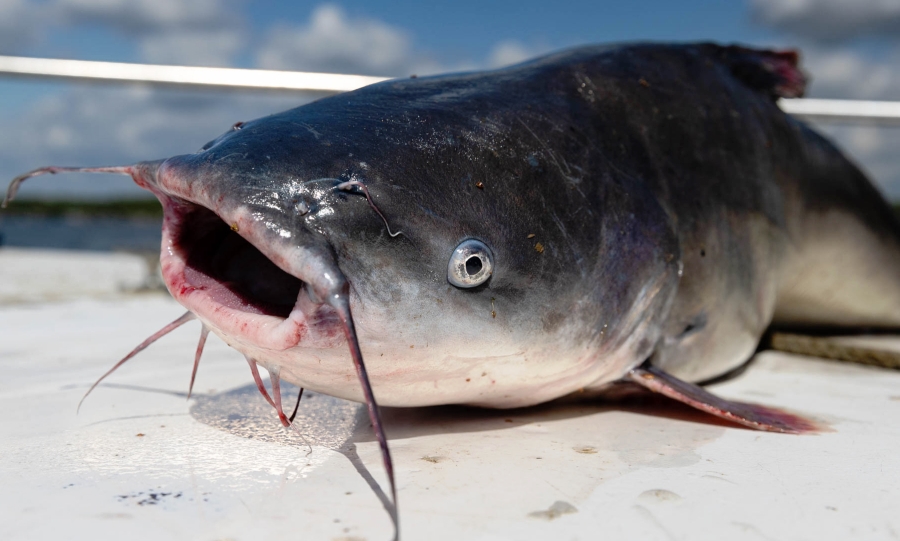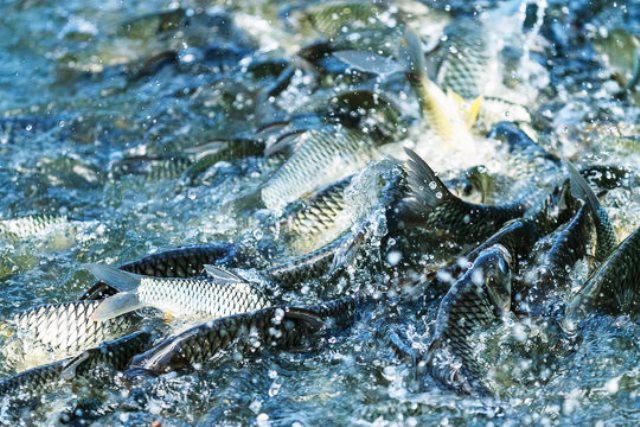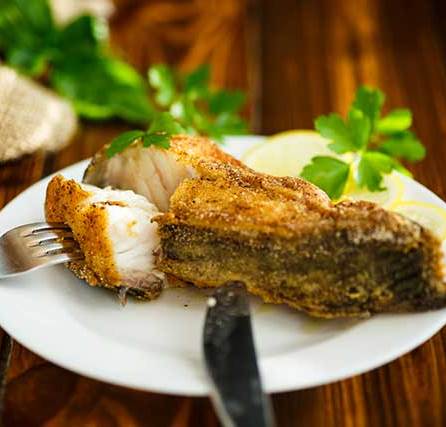Catfish farming is a thriving industry in many parts of the world, thanks in part to the popularity of catfish as a food source. Whether you’re a commercial catfish farmer or a hobbyist, feeding your fish a nutritious and balanced diet is essential for their growth and health. In this article, we’ll discuss some tips for providing your catfish with a diet to help them thrive.
Thank you for reading this post, don’t forget to subscribe!
Understand the Nutritional Needs of Catfish
Before you can provide a balanced diet for your catfish, it’s important to understand their nutritional needs. Catfish are omnivores, which means they eat both plant and animal-based foods. In the wild, they feed on a variety of items, including insects, crustaceans, and other fish.
The main nutrients that catfish need to grow and stay healthy are protein, carbohydrates, fats, vitamins, and minerals. Protein is particularly important for catfish, as it’s essential for building muscle tissue. Carbohydrates provide energy, while fats are important for maintaining healthy skin and organs. Vitamins and minerals are necessary for a variety of bodily functions, including immune system function, blood clotting, and bone development.
Choose the Right Feed
When it comes to feeding your catfish, choosing the right feed is crucial. There are many different types of catfish feed available, including pelleted feed, floating feed, and sinking feed. Pelleted feed is the most common type, as it’s easy to store and transport. Floating feed is designed to float on the surface of the water while sinking feed sinks to the bottom of the pond.
When selecting a feed for your catfish, look for a high-quality product that contains a balanced blend of protein, carbohydrates, fats, vitamins, and minerals. The feed should also be easy for the fish to digest and absorb.
Feed Your Catfish on a Regular Schedule
Establishing a regular feeding schedule is important for ensuring that your catfish get the nutrition they need. Most catfish farmers feed their fish two to three times per day, depending on the age and size of the fish. Younger fish may require more frequent feedings, while older fish may be able to go longer between feedings.
It’s important not to overfeed your catfish, as this can lead to poor water quality and health problems. A good rule of thumb is to feed your fish only as much as they can eat in 5-10 minutes. If there is still food floating on the surface after this time, you may be feeding them too much.
Supplement with Live or Fresh Foods
While the pelleted feed is the main source of nutrition for most catfish, it’s also a good idea to supplement their diet with live or fresh foods. This can provide additional nutrients and help keep the fish active and engaged.
Some good options for live or fresh foods include earthworms, crickets, and mealworms. You can also feed your catfish fruits and vegetables like peas or carrots. Just be sure to cut them into small pieces to make them easier for the fish to eat.
Monitor Water Quality
Finally, it’s important to monitor water quality when feeding your catfish. Uneaten food can quickly decompose, leading to poor water quality and potential health problems for your fish. Be sure to remove any uneaten food after feeding to prevent this from happening.
Additionally, be sure to test the water regularly for pH, ammonia, nitrite, and nitrate levels. If any of these levels are out of range, it can affect the health of your fish and their ability to absorb nutrients from their food.
Conclusion
feeding your catfish a nutritious and balanced diet is essential for their growth and health.



